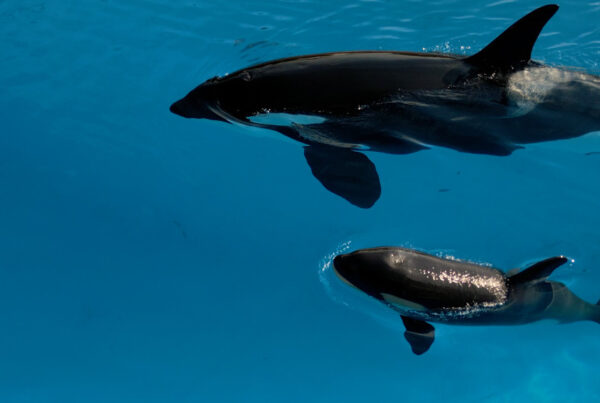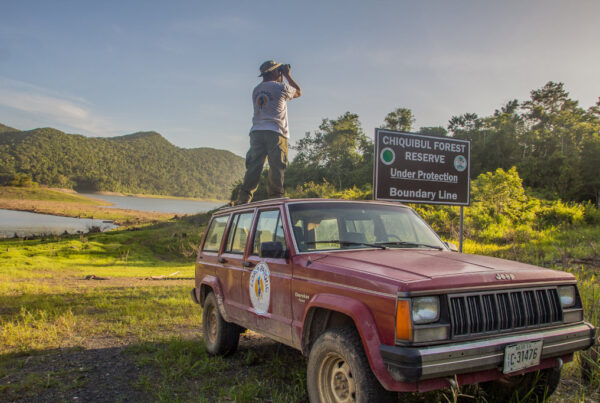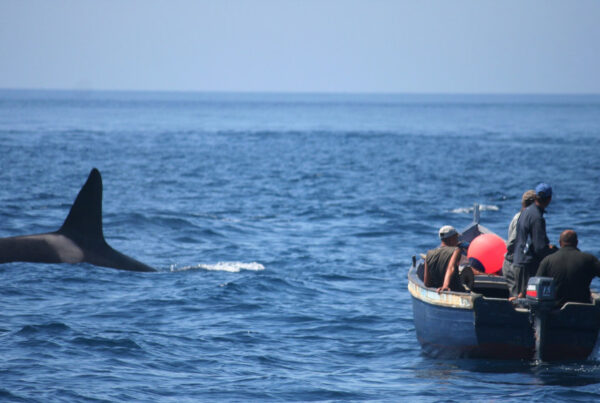
| Category | Completed |
| Date | 2010- |
| Investment | 113.145$ |
LPF has collaborated in the study of the Swift Parrot, a critically endangered species in Australia, aiming to increase scientific knowledge to save this parrot.
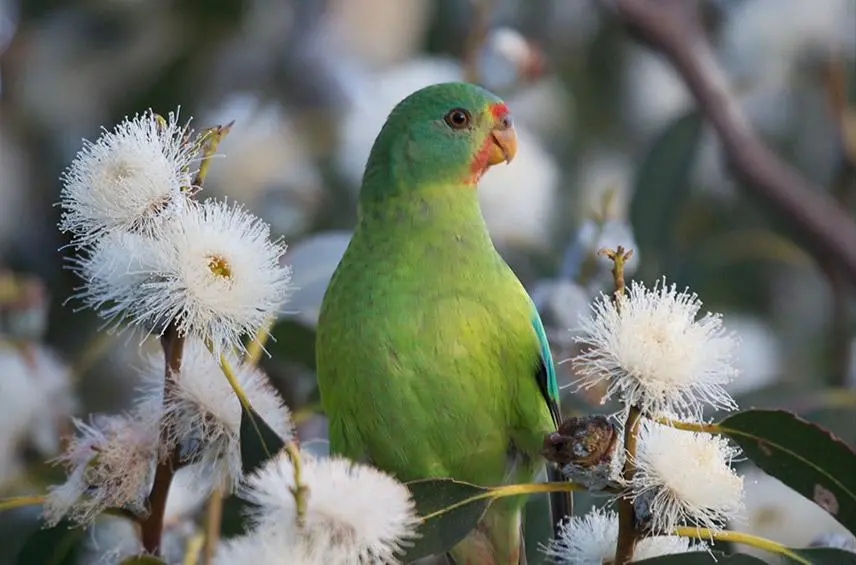
Swift Parrot, Tasmania (Australia)
The swift Parrot is a small migratory bird that feeds on nectar from the variable and ephemeral eucalyptus flower. It is distributed throughout southern Australia and flies over the sea to nest in the forests on the east coast of the island of Tasmania and other nearby small islands.
It is now listed as Critically Endangered by the IUCN (International Union for Conservation of Nature) due to the continuous decline of its population, which currently numbers between 1,000 and 2,500 individuals in the wild. This population reduction is due to habitat loss, both at breeding and migration sites.
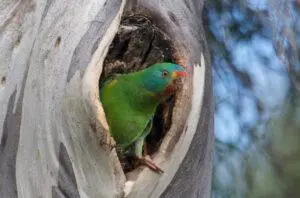
Swift parrots can travel up to 5,000 km from their breeding range in Tasmania to their wintering areas on the Australian mainland, making their migration the longest undertaken by any parrot in the world.
n 2010 Loro Parque Fundación initiated a project investigating the breeding biology and migratory behaviour of this parrot, to obtain essential information for the conservation of this critically endangered species. 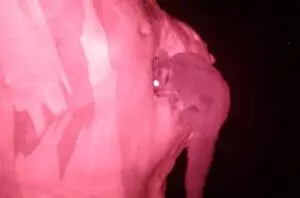
Introduced predators are a serious threat to native species around the world, as they have no strategies to defend themselves against new threats. The swift Parrot seems to have fallen into what is known as an ecological trap, for although there are other places where blue and swamp eucalyptus flourish, the swift parrot population clearly prefers to nest in places where there is more flowering, even if these areas are overrun by predators.
Future conservation actions for the migratory parrot are focused on managing introduced predators to determine the survival prospects of adult females and the incubation success.
In turn, the use of new technologies will improve the study of migration and nesting patterns. This project uses for the first time Unmanned Aerial Vehicles (UAVs), which will allow migratory birds to be tracked over long distances, in a more cost-effective and flexible way.
BLOG
News

